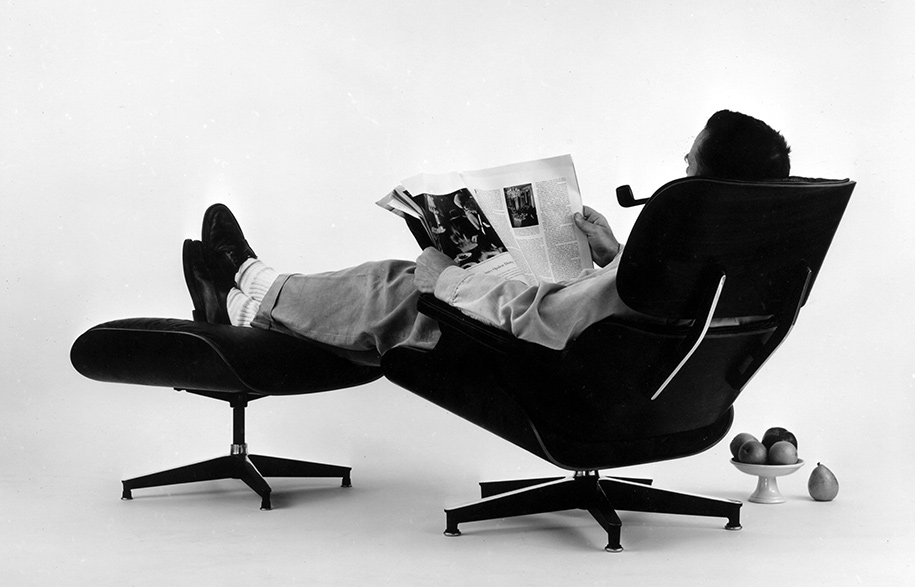I am forever explaining what my job – precisely – is. As an editor and writer working in the publishing and design industries, I’m not surprised that people find it difficult to grasp what my average working day would look like. In fact I, myself, find it difficult to grasp. Normally, it’s a lot of emails and phone calls; it’s a lot of word documents; it’s a lot (and I mean A LOT) of note-taking, notepads and biros behind my ear). On bad days, it’s sweating as I frantically type out a mountain of articles seconds away from a surprise print deadline. On good days, it’s picking the brains of some very inspiring people. On the best days, it’s archival work.
You see, the lion’s share of my job is research. And, while most appear to abhor this aspect of meticulous reconnaissance, I can’t seem to tear myself away. I often find myself in the oddest places: everything from trawling the national architecture library, hob-nobbing at Christies auctions or Skype-ing NASA personnel. Last week, I found myself going through the Playboy archives to come across this line: “you sink into a voluptuous luxury that few mortals since Nero have known” (Playboy, May 1961).
Knowing its provenance, you’d be forgiven thinking the writer referred to any number of the women populating the pages of Playboy. Oddly enough, however, the writer in question was referring to a chair.
When the Eames Lounge and Ottoman were introduced into the world in 1956, they captivated the market quite unlike anything anyone reasonably expected. Having just celebrated their 60th birthday last year, the pieces still remain unquestioned icons of design that grace museums, penthouses and executive offices the world over. In continuous production since its inaugural release, the Eames Lounge and Ottoman are, at once, universally distinguishable and widely renowned for being a hallmark of twentieth-century design. But, thanks to my absurd trawl through the Playboy archives, I discovered a story behind the chair quite unlike any other.
It all started with Billy Wilder – beloved darling for many a cinephile – the Hollywood director of classics such as the award-winning The Apartment (1960), Some Like It Hot (1959) and Sabrina (1954) . After Charles and Ray Eames visited the director on set at Paramount Studios during the filming of Sabrina (starring Audrey Hepburn, Humphrey Bogart and William Holden), they noticed that Wilder would construct a makeshift lounge-chair out of bits of old clapper board, his director’s chair and cushions for naps in-between takes.
The year before, Wilder himself had given a modernist chair to the couple as a gift – one that they loved so much that Charles Eames was known to be jealous of not having designed it himself. Based on a similar design to that chair (which, unfortunately, has been lost to the annals of history), the first prototype of the Eames Lounge and Ottoman was given to Wilder as a birthday gift and remains in the Wilder Estate to date.
But the Hollywood connection for the Eames Lounge and Ottoman doesn’t stop with Wilder. On the Paramount lot, there are tales of Marilyn Monroe having her photograph taken sitting in one, flicking through her script. Julian Blaustein (big-time Hollywood producer) was invited by Paramount to their offices to review scripts and, while sitting in a test for the lounge, fell asleep. Blaustein was apparently embarrassed, but Ray Eames remembers only Charles’ elation.
The design was ultimately the result of the Eames’ pioneering innovations in the field of moulding plywood and a conjoined desire to improve upon the most cumbersome (and for many, the most unsightly) element in living rooms across the world: the lounge chair. According to Charles Eames, their intention rested on wanting to create “a special refuge from the strains of modern living” – a desire which many in the design industry still strive to achieve and a sure-fire sign that vouches for the piece’s iconic place in industrial design history.
Through super-heating the wood and then bending it into what was then thought to be impossibly symmetrical forms and smooth, sweeping vital lines, the undulating seat and the curvature of the backrest aimed to trounce off the paradox Charles Eames sought for all of the studio’s designs: an unimpeachable balance struck between contemporary technical process and ancient, natural forms.
And yet, for all of the Hollywood associations that pepper this chair’s little history, it probably was accidental. After all, according to Eames it was meant to reflect the “warm receptive look of a well-used first baseman’s mitt”.
In any case, few would deny that the Eames Lounge and Ottoman are undeniably a box office hit. Or, indeed, a home run.
The Eames Lounge and Ottoman is available in Australia through Living Edge.
Words: David Congram.
This article was originally published in McGrath Magazine: April 15th 2017






















